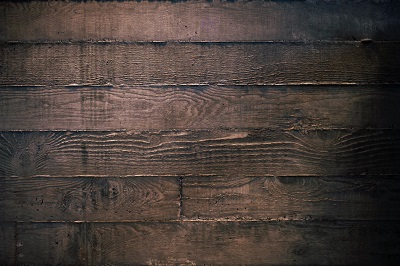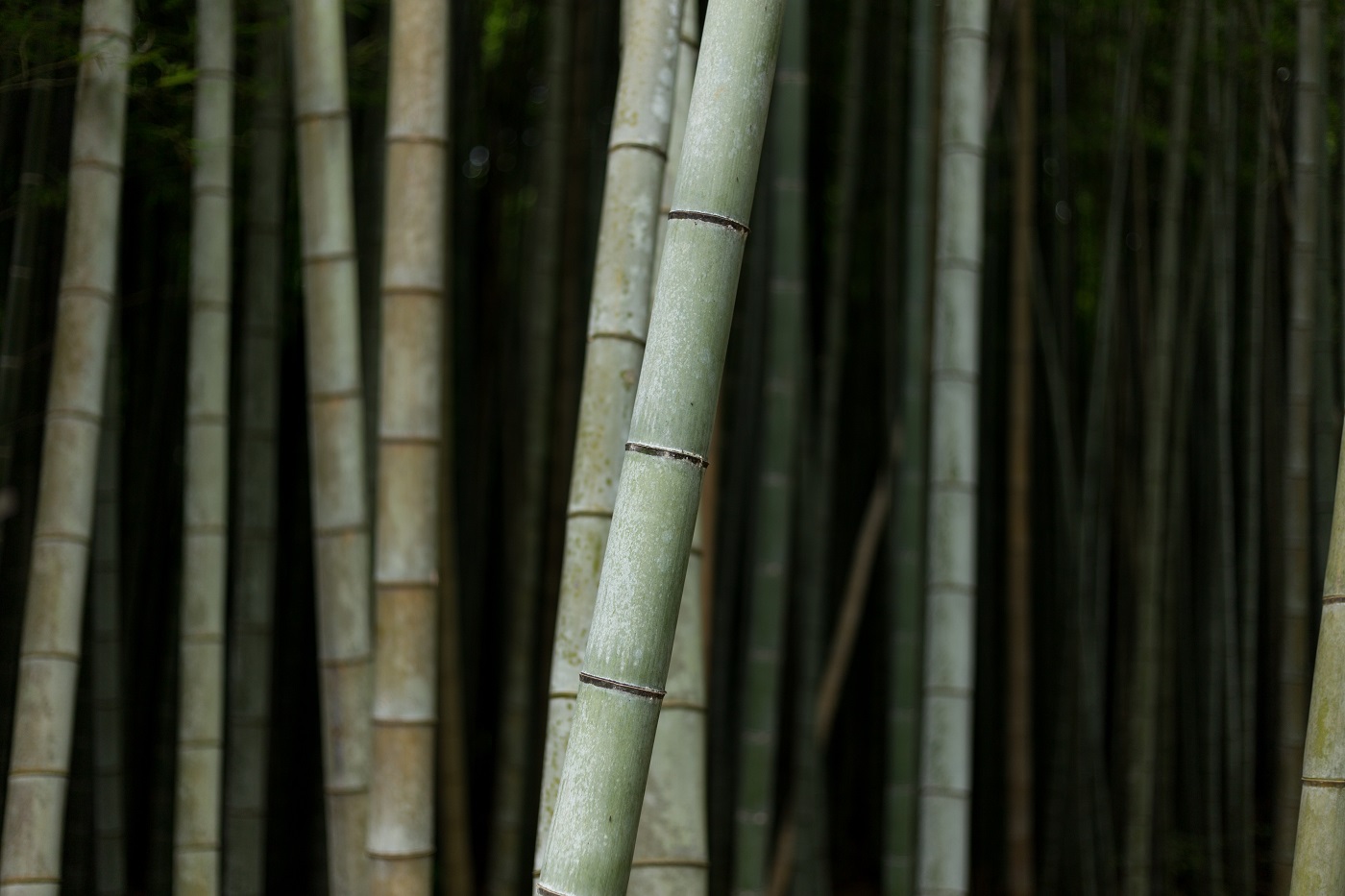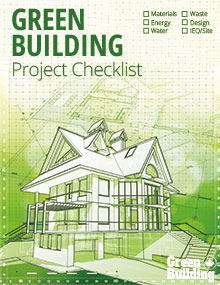Construction (and even demolition!) requires an abundance of resources and creates massive amounts of waste. Some of that waste is also toxic, such as that from asbestos.
Current practices for constructing buildings and handling waste from demolition aren’t sustainable. Thankfully, the tides are turning, with more architects and designers looking for materials that are more sustainable and less harmful to the environment.
Some countries, such as The Netherlands, are even adopting legislation that requires that developers report on the environmental impact of their projects.
So what exactly is “sustainability?”
Sustainability refers to the capacity of something to be maintained—such as our environment! It can refer to a resource being renewable in such a way that the supply can keep up with the demand. It can also refer to a level of effort being maintained for a certain period of time.
Making sustainable choices means choosing materials that have longevity and don’t deplete resources. It’s important to consider the energy, water
Below, as a start, you can read about seven sustainable building materials or practices that are on the rise in popularity today.
Bamboo
Bamboo is a perennial grass that grows rapidly and doesn’t require harmful chemicals such as pesticides or fertilizers for propagation. However, non-toxic solutions of boric acid and borax are used to treat bamboo that will be used as a building material, in order to prevent rot and the presence of insects such as termites. Certain species of these pests can grow at a rate of one inch every 40 minutes!
Bamboo is incredibly versatile and can be used as a food source, as biofuel, to weave into textiles, to create kitchen wares and utensils, and (as mentioned) even as a building material. It has strength that rivals that of wood, concrete and steel.
Cork

Natural cork is an incredibly sustainable material that doesn’t require the use of pesticides or a water irrigation system for growth. It’s grown in Mediterranean countries, where production and harvesting is highly regulated.
Cork trees must be grown for at least 25 years before they’re allowed to be
Cork is considered to be biodegradable, but it’s also incredibly easy to recycle and repurpose. It can be used as flooring, insulation, underlay for flooring and much more. Similar to bamboo, it’s a diverse product.
Wool insulation

Wool is a renewable resource, as sheep continually grow it and aren’t harmed in the harvesting of their coats. It makes a great insulator for homes, in place of the typical fiberglass stuff, as it has excellent temperature control qualities. It’s also, surprisingly, fire retardant!
One drawback is that in order to prevent rodent or pest infestation, it should be treated with boric acid or borax, which is natural and isn’t harmful or
The other drawback is that it’s not suited to mass production (yet), and some insurance companies or inspectors may not approve of wool
Recycled and repurposed wood and metal

While the production of wood and metal isn’t considered sustainable, reclaiming and repurposing these materials is!
This keeps still-useful materials from becoming waste, which is much better for the environment than buying brand new lumber or metal products during construction or a renovation. Interestingly, old homes were often made with higher-quality lumber, as opposed to the newer generation’s plantation lumber that is grown quickly with the aim of trying to keep up with demand.
Rammed earth
Rammed earth is highly compressed soil with durability that rivals that of concrete. It sometimes includes a portion of Earth Friendly Concrete (described in more detail below) to make it a bit easier to manipulate and manufacture. It’s a natural material that doesn’t need toxic chemicals for production and finishing purposes, which makes it sustainable. It’s also a very durable material with a long lifetime.
As an added bonus, rammed earth has an excellent capacity to control temperature. It retains heat well in cold seasons and keeps things cool in hot seasons.
Earth Friendly Concrete
Widely used already, concrete probably isn’t something that comes to mind when you think of sustainable materials. You’d be
Concrete from demolitions can be collected and remixed into new concrete, and waste from coal power generation can be used to make concrete such as that made by Wagners. Recycled plastic can also be used, such as the Fibercon RMP47 variation, and hempcrete is becoming popular, too. Increasingly, various companies are looking for ways to make more sustainable materials.
Design for demolition (DfD)
While it’s technically not a sustainable material, it’s still important to take note of the option of designing for demolition (
When designing a building, it’s best to consider the amount of each material you’ll be using, and how much of it may be able to be reused after demolition. By including this in your building plan, you can inevitably reroute these materials somewhere useful, where they’ll have a second (or third!) life, and prevent them from ending up as waste in a landfill.
Making your next project sustainable
Construction is often, by nature, a process that isn’t environmentally friendly. However, by working to incorporate sustainable materials, you can decrease the environmental or carbon footprint tied to your construction projects.
Even relatively minor decreases from numerous people can make a large change, as opposed to the occasional person making an entirely green home. We needn’t strive for perfection, just improvement!
For more information on sustainable materials, take a look at SUSTAINABLE FROM THE BOTTOM UP: GREEN MATERIALS FOR AN ENTIRE BUILDING [INFOGRAPHIC]»
image 1: Unsplash; image 2: Unsplash; image 3: Unsplash; image 4: Unsplash



4.5
can you write something about ashcrete?